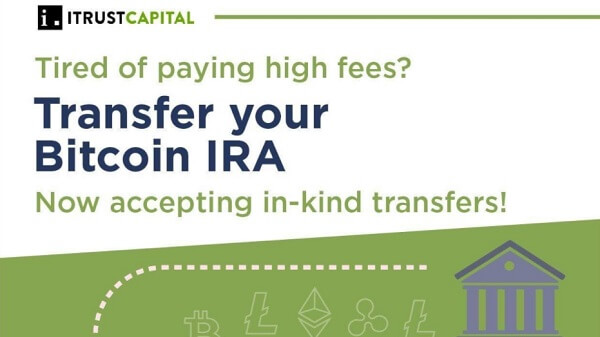21 Heads The Crypto Hall Of Fame – hosted by The Moon Stock Crypto Art Gallery – confirmed that it would quit Ethereum and transition to the Bitcoin network.
This move will witness the integration of RSK technology in the efforts to create smart contracts and Non-Fungible Tokens (NFTs).
Interestingly, Diego Gutiérrez Zaldívar – the founder of RSK – inspired the first minted Bitcoin-based portrait of a digital pioneer.
Previously, 11 portraits of crypto legends, including Satoshi Nakamoto, David Chaum, Nick Szabo, or Vitalik Buterin, have been minted as ERC 721 tokens on the Ethereum blockchain, and they will not change.
Bitcoin-backed RSK smart contracts will be applied to the remaining ten portraits.
A New Way Forward for the Crypto Hall of Fame
Aaron Koenig, founder and managing director of Crypto Hall of Fame, explained the motivation behind this switch, pointing out that the high gas prices on Ethereum are the main reason.
The high prices pushed them to search for an alternative solution, and that was when RSK caught their attention.
With RSK technology, the Crypto Hall of Fame will benefit from a package of features, covering from speed, security to price. Advanced development has made RSK technology surpass Ethereum’s competitors, becoming an ultimate alternative blockchain solution.
More Coming from the Crypto Hall of Fame
Crypto Hall of Fame (the name perhaps reminds us of the famous Hollywood Walk of Fame), created by Diego Gutiérrez Zaldívar, is a virtual place to honor and celebrate the contributions of crypto pioneers.
In addition, the place is aimed at valuing the connection between art and crypto.
The NFT of Diego Gutiérrez Zaldvar’s portrait is officially introduced in an edition of 21 copies by the NFT Minter module implemented by Coinsilium’s Nifty Labs and is available for purchase. It is currently available for sale on 21heads.com for an initial price of 0.021 Bitcoin.
Twenty-one copies of these digital paintings of well-known pioneers in the cryptocurrency world are available in a limited edition of 21 pieces.
The cost of one copy is 0.021 Bitcoin, which can be paid in various significant cryptocurrencies. When you purchase an artwork, you will be given an ERC 721 token, which proves your purchase.
Big Names in Crypto
When entering the virtual exhibition, the audience can explore the place independently, using the direction buttons on the left of the screen.
The Crypto Hall of Fame is the cryptographic equivalent of the “Rock’n’Roll Hall of Fame” in the music industry. It displays the names of the most significant cryptographic pioneers.
The first are as follows:
Satoshi Nakamoto (Bitcoin creator)Hal Finney (first Bitcoin transaction’s receiver)David Chaum (E-Cash inventor/one of Bitcoin’s predecessors)Wei Dai (B-Money inventor)Adam Back (Hash Cash inventor)Nick Szabo (Bitgold inventor)Laszlo Hanyecz (the first man use Bitcoin to buy a physical good – pizza)Brock Pierce (Bitcoin advocate, entrepreneur, and investor as well as a presidential election candidate in 2020)Andreas Antonopoulos (Bitcoin expert and educator)Ross Ulbricht (creator of one of the first free Bitcoin-accepted marketplaces Silk Road)Vitalik Buterin (Ethereum inventor)Diego Gutiérrez Zaldívar (RSK founder)
There’s a link to the main domain where those interested in the portrait can purchase it when clicking each artwork.
You are invited to make recommendations for individuals who you believe should be inducted into the crypto-equivalent of the “Rock and Roll Hall of Fame.”
To make the final determination, an eight-member committee led by Olga Filatova, Director of The Crypto-Art Museum, will convene. Max Cryptohead, a crypto artist, will create portraits of the crypto pioneers who have been chosen.
With all the interest in NFTs, these kinds of projects have loads of potential. WIth the new RSK-based functionality, the system will be faster and cheaper to use.






